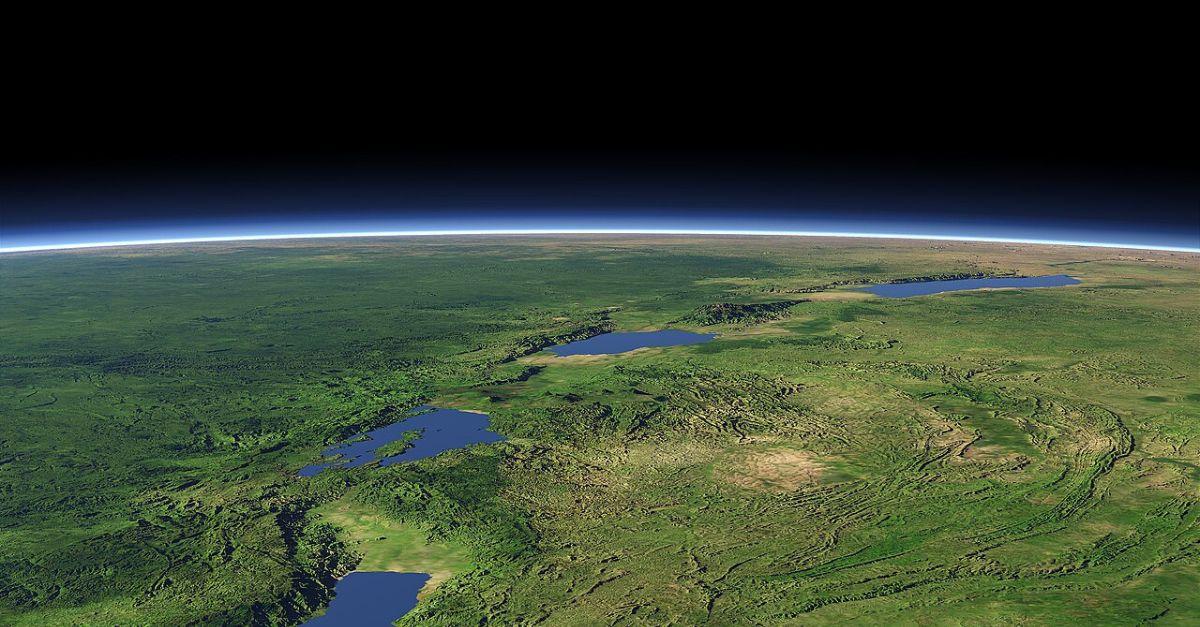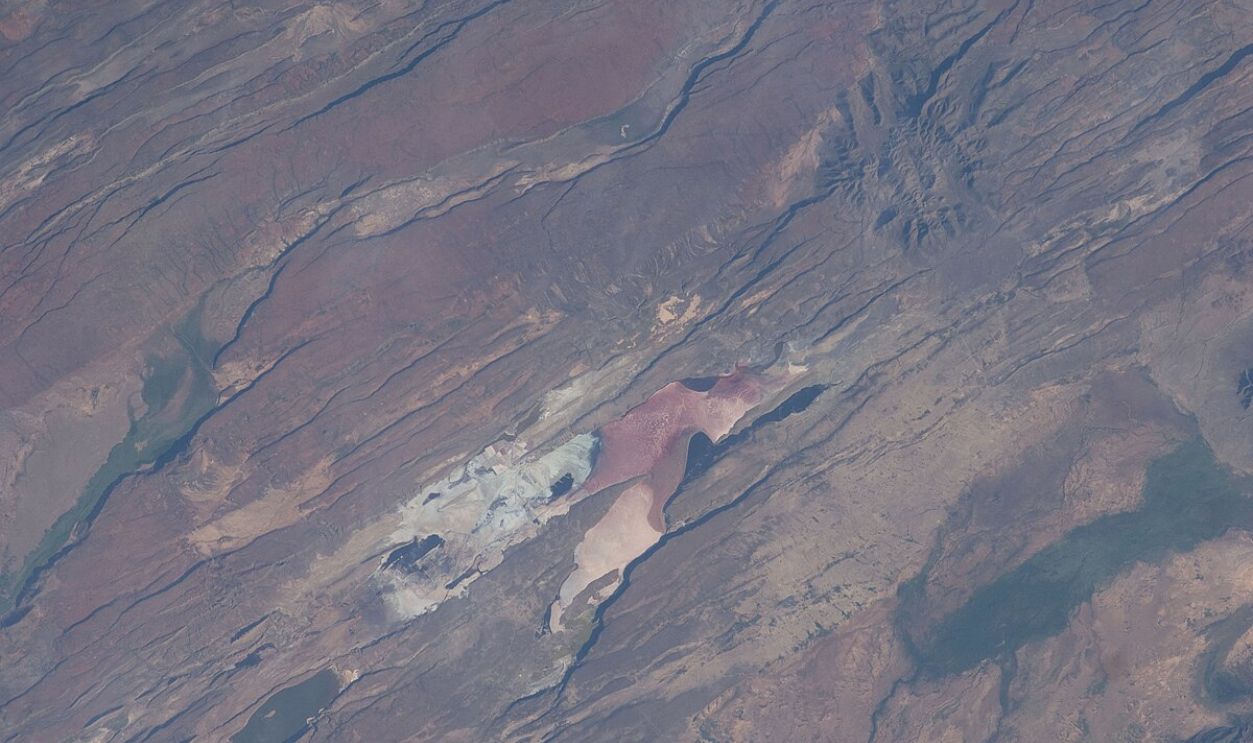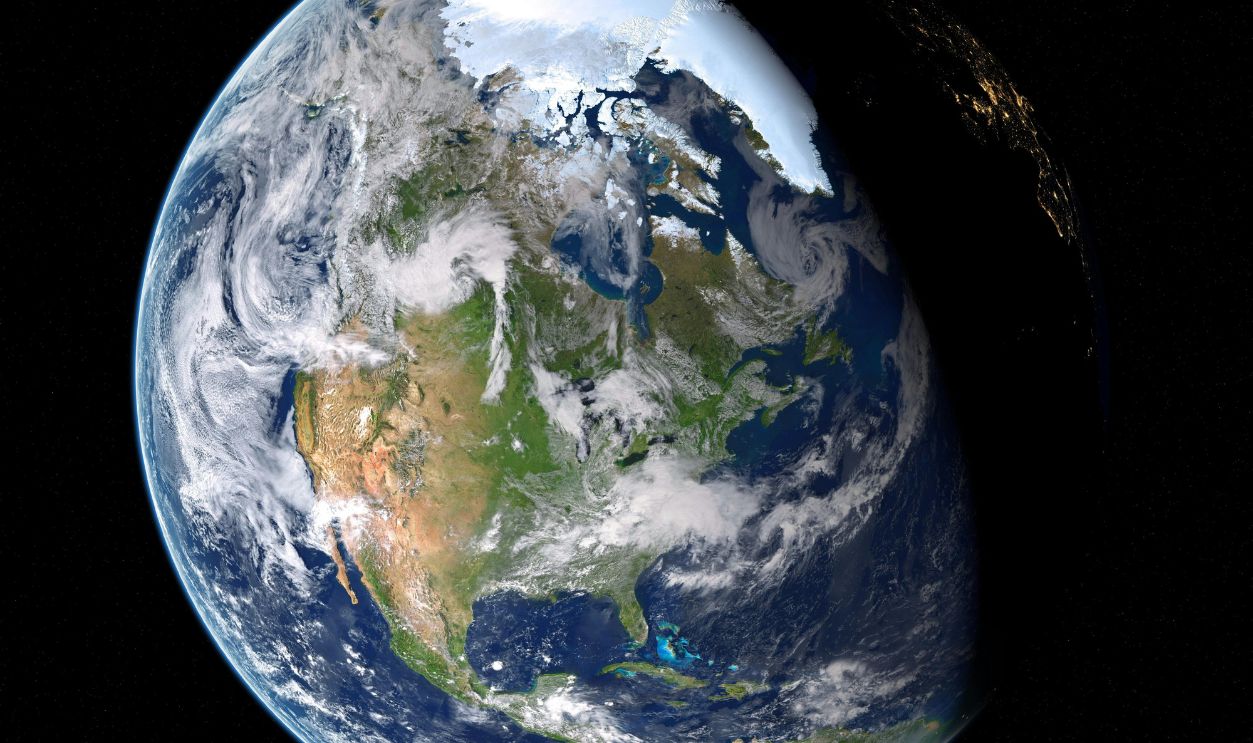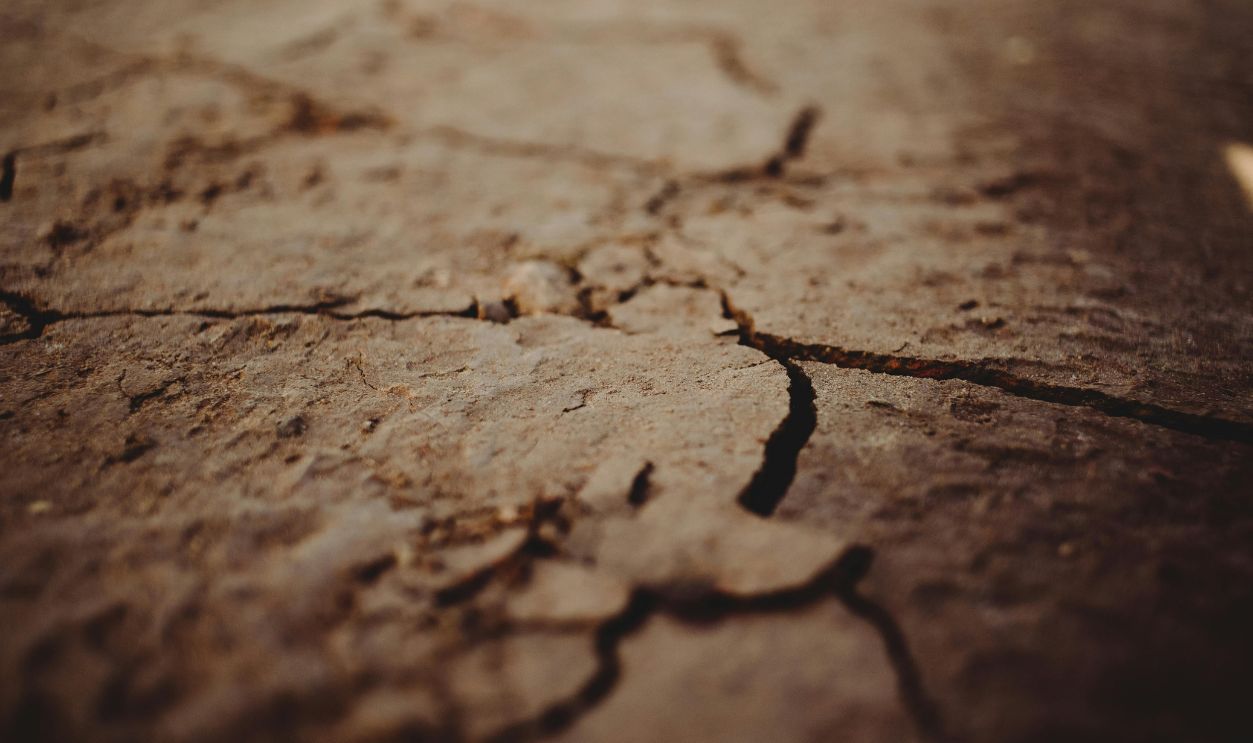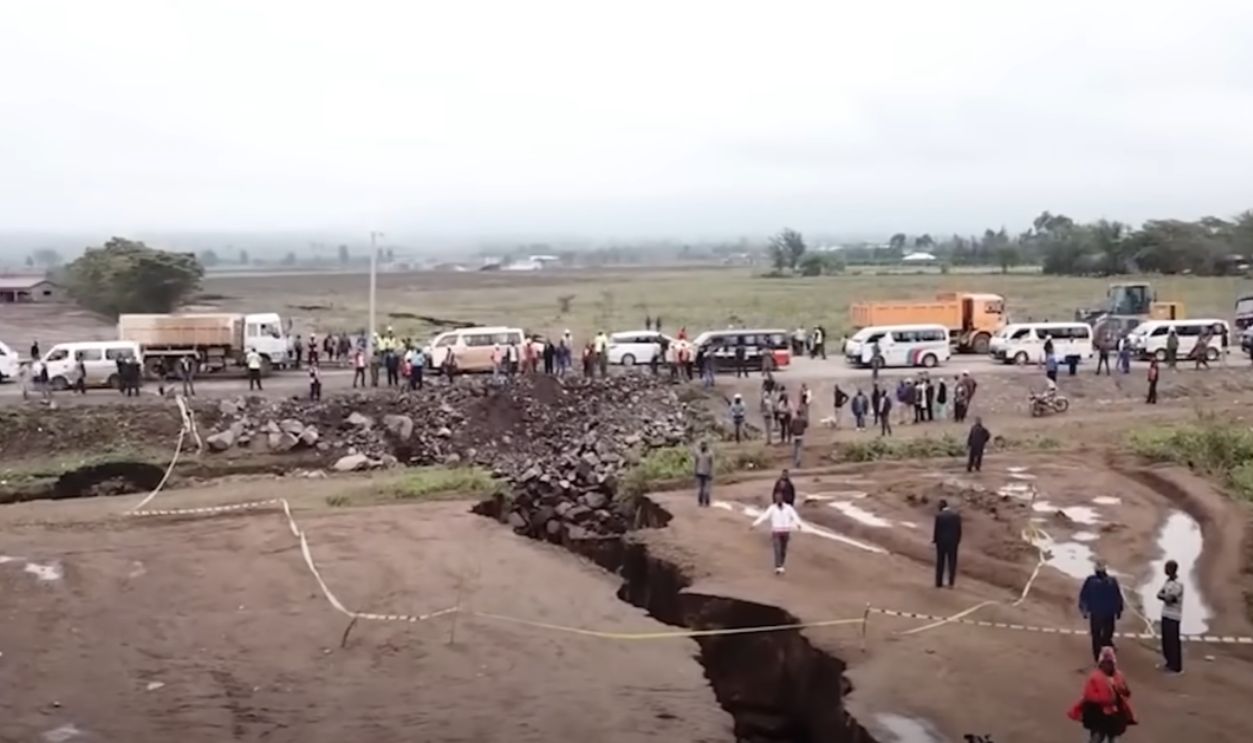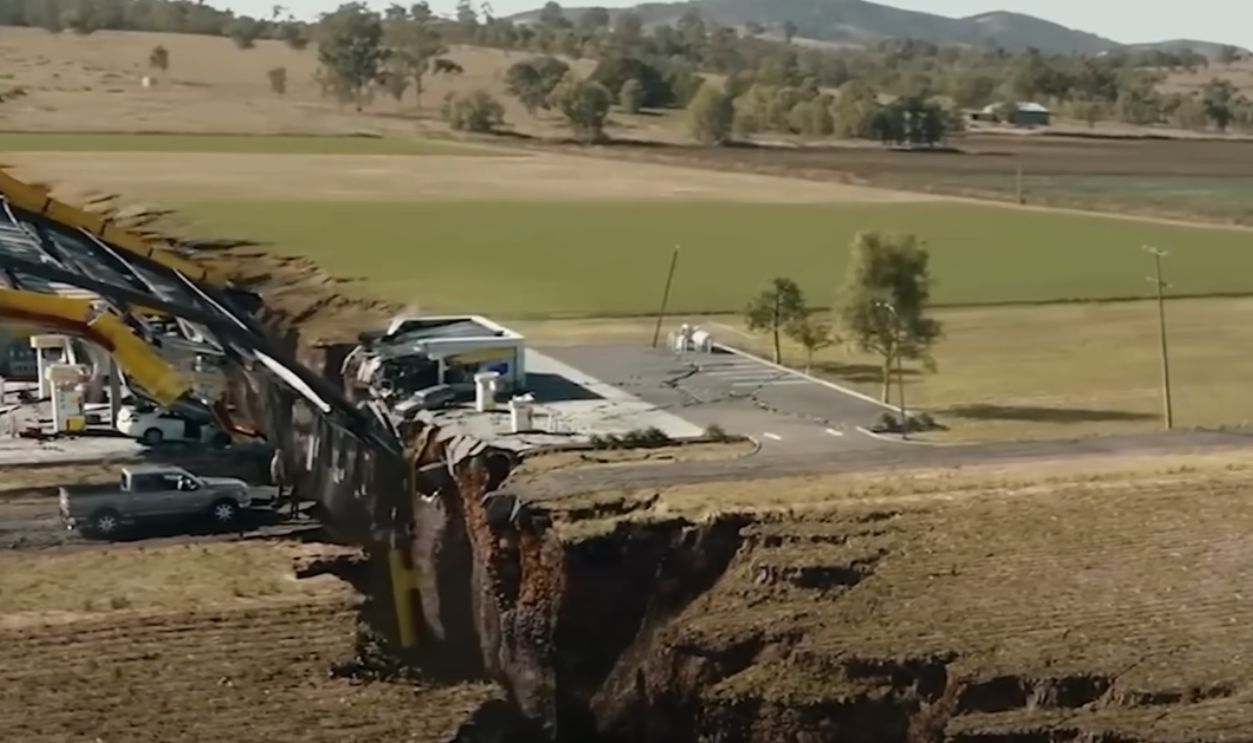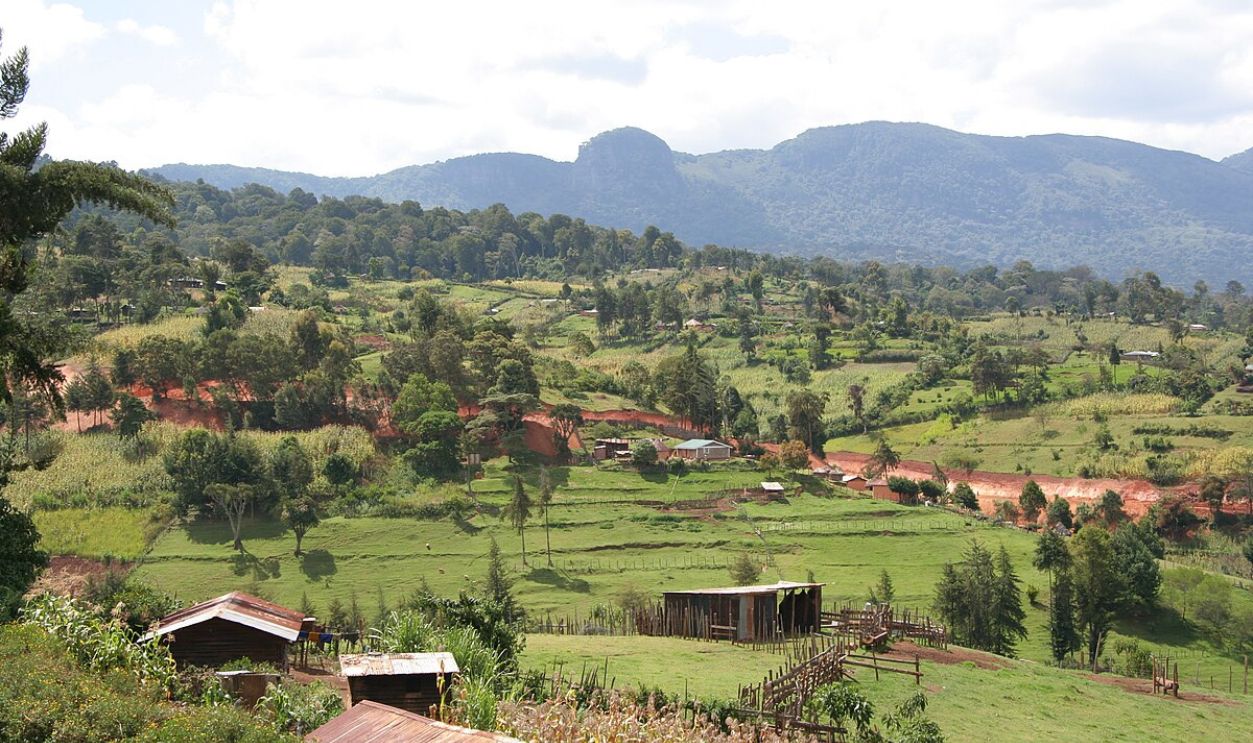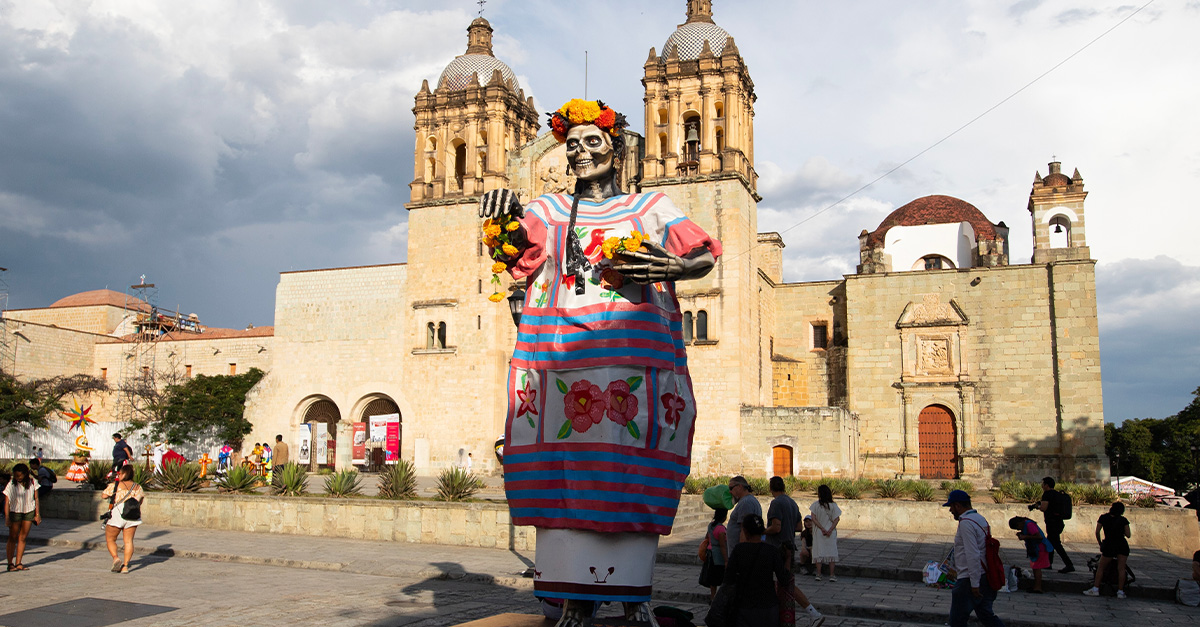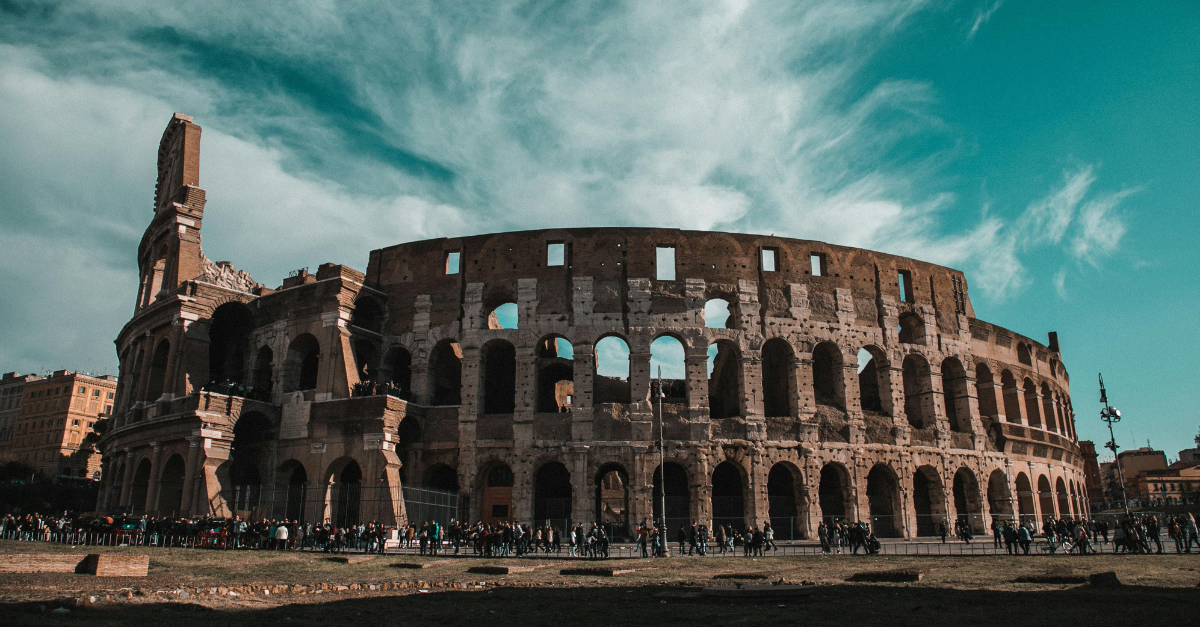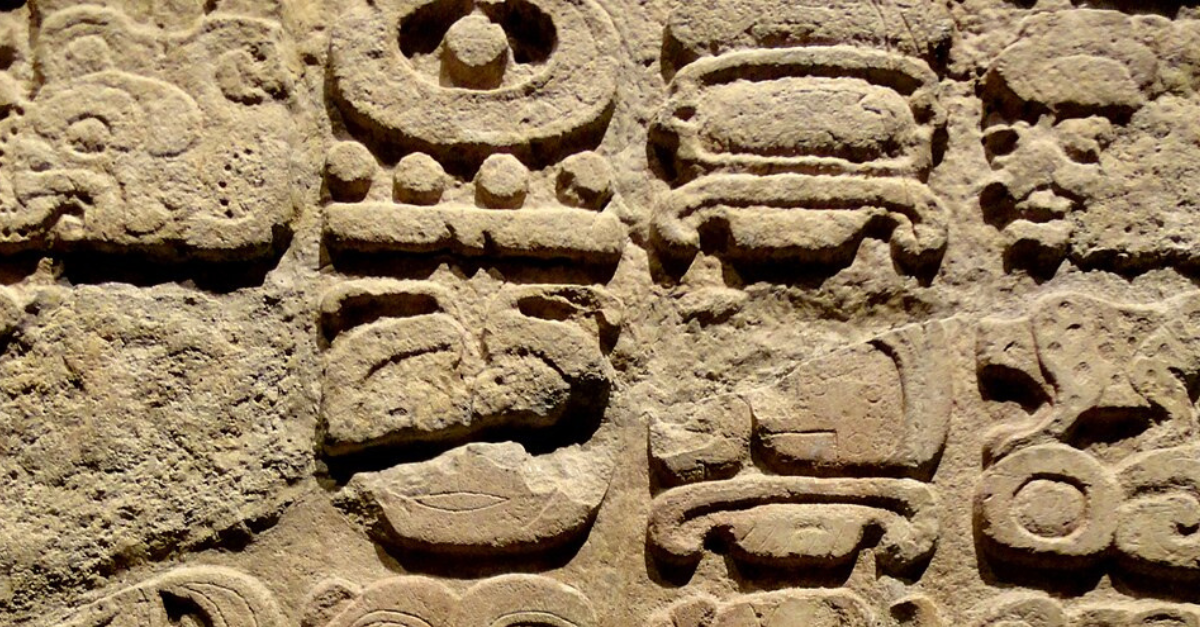The Birth Of An African Ocean Before Our Eyes
Across the Ethiopian desert, a massive crack in the Earth’s crust hints at a breathtaking transformation underway. Scientists have discovered that the African continent is splitting faster than ever imagined.
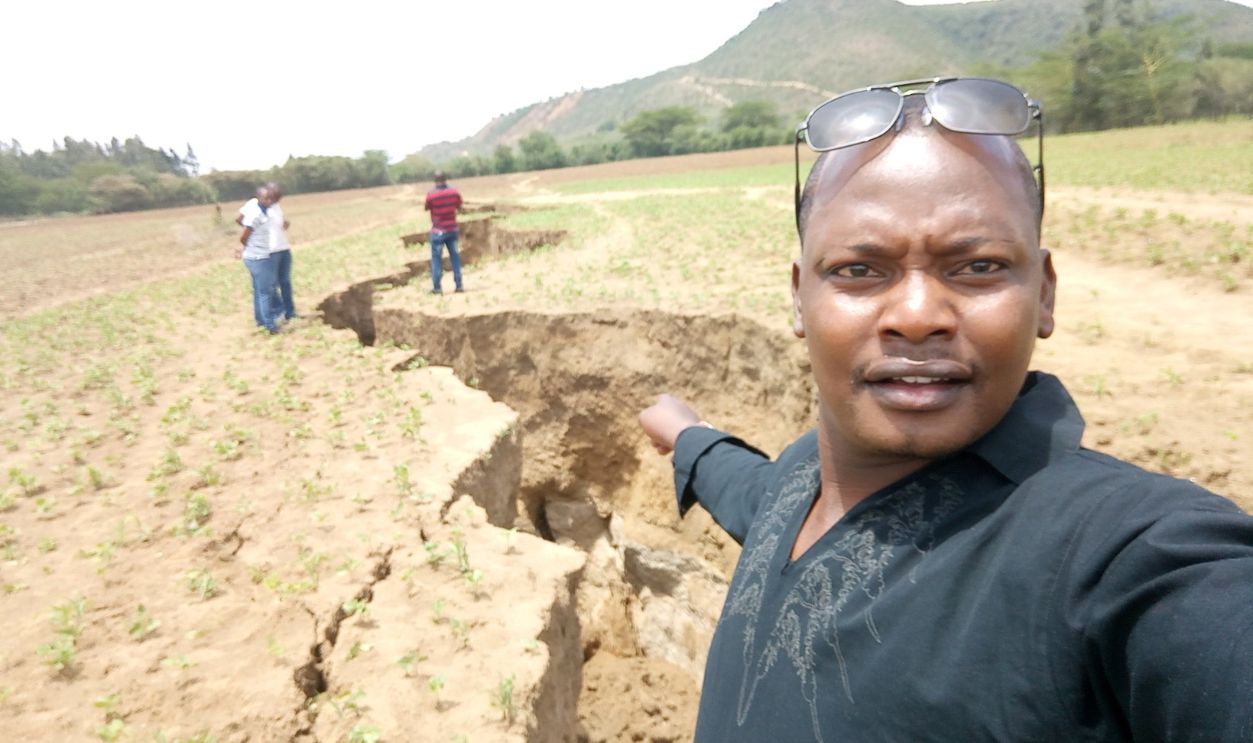
Africa’s Journey Toward A New Ocean
The East African Rift or EAR is a monumental geological feature where the African continent is gradually splitting into two separate landmasses. This active continental rift zone extends over thousands of kilometers from the Afar Triple Junction in the northeast down through Eastern Africa.
Caused By Unseen Forces
Tectonic forces are causing the African Plate to diverge into the Somali Plate and the Nubian Plate. As these plates continue to separate, it's anticipated that a new ocean will eventually form to fill the gap and create significant alterations in Africa's geography.
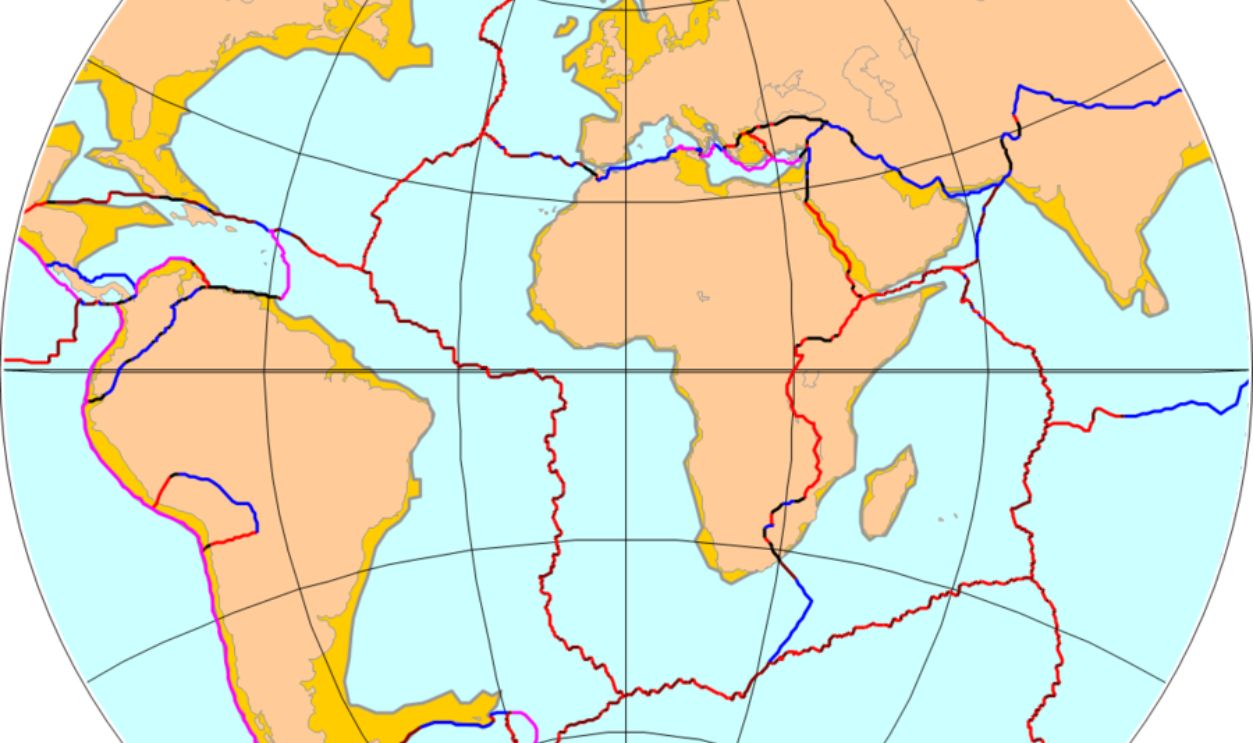 Micheletb, Prof. Peter Bird's map, CC BY-SA 3.0, Wikimedia Commons
Micheletb, Prof. Peter Bird's map, CC BY-SA 3.0, Wikimedia Commons
A Wonder Unfolding
It’s like seeing how our continents were formed in antiquity. The EAR System comprises two main branches: The Eastern Rift Valley/Gregory Rift and the Western Rift Valley/Albertine Rift. It shows a series of rift basins characterized by volcanic activity and the formation of deep lakes.
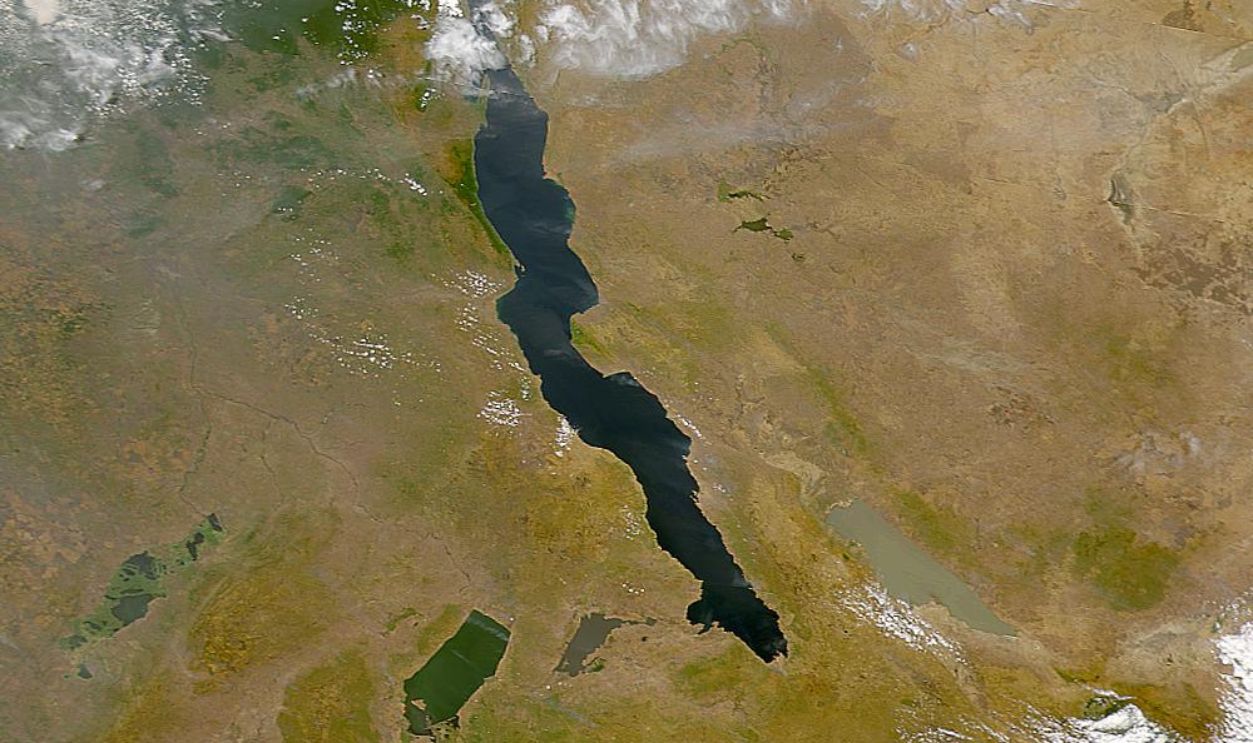 SeaWiFS Project, NASA/Goddard Space Flight Center, and ORBIMAGE, Wikimedia Commons
SeaWiFS Project, NASA/Goddard Space Flight Center, and ORBIMAGE, Wikimedia Commons
Provides A Deeper Understanding
Fossils show that the Rift Valley is home to some of the most well-preserved hominid remains. Its unique nature provides a rare glimpse into the early stages of continental breakup and offers invaluable insights into the evolution of mankind.
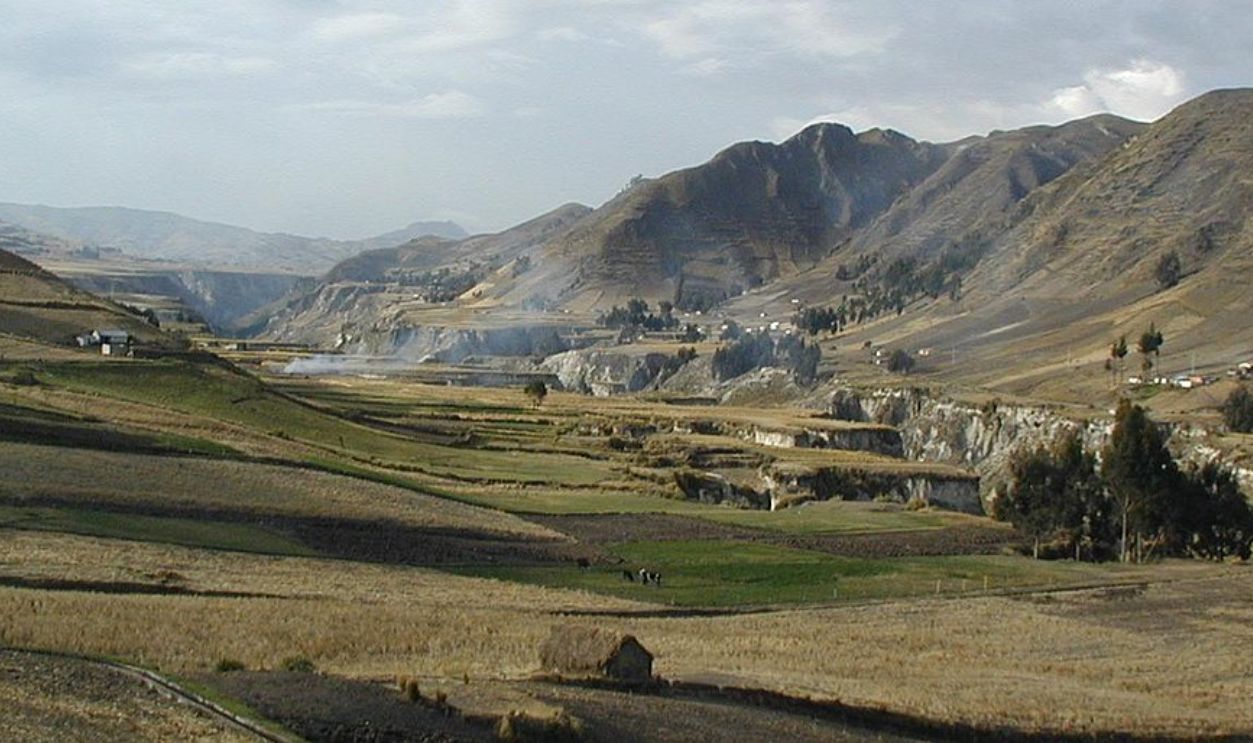 Creationlaw (talk) (Uploads), CC BY-SA 3.0, Wikimedia Commons
Creationlaw (talk) (Uploads), CC BY-SA 3.0, Wikimedia Commons
Our Ancient History
Hundreds of millions years ago, our Earth was made up of a single landmass, which was surrounded by water from all directions. The tectonic plates move because of the immense heat and pressure located inside our planet’s core. With these movements, continents and islands were formed.
We Began To Understand In Modern Times
Tectonic plates are always on the move, although humans hardly feel their subtle shifts. However, their impact is evident in volcanic eruptions and earthquakes that reveal a weak spot. Nevertheless, seeing a shift happening before our eyes is different.
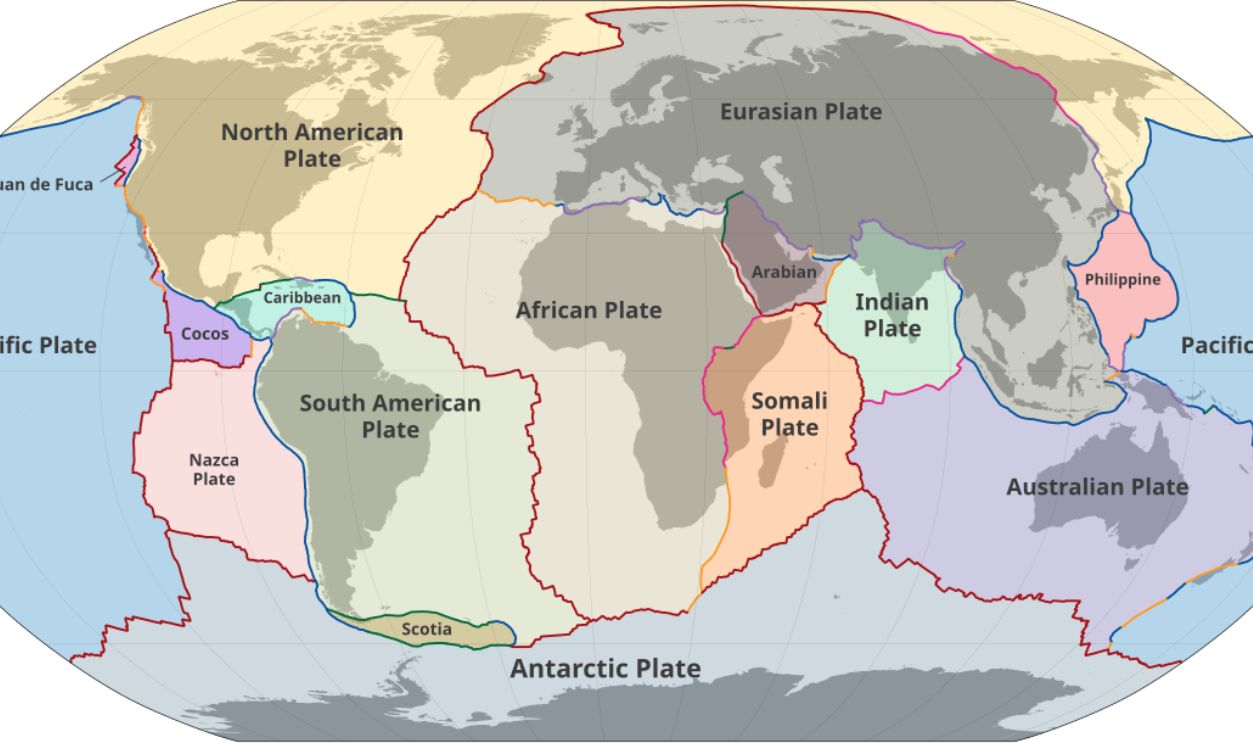 M.Bitton, CC BY-SA 3.0, Wikimedia Commons
M.Bitton, CC BY-SA 3.0, Wikimedia Commons
It Started To Happen Again
Research shows that the rift occurred between 22 and 25 million years ago. However, a few decades back, the Earth started to crack one more time. News channels rushed to the area to study the split and the impact on nearby structures.
Faster Than Expected
Initial studies showed that another continental split could be happening within 50 million years. The crack would give birth to a new land mass or a smaller continent. This is exactly how modern continents were formed. However, there was a catch.
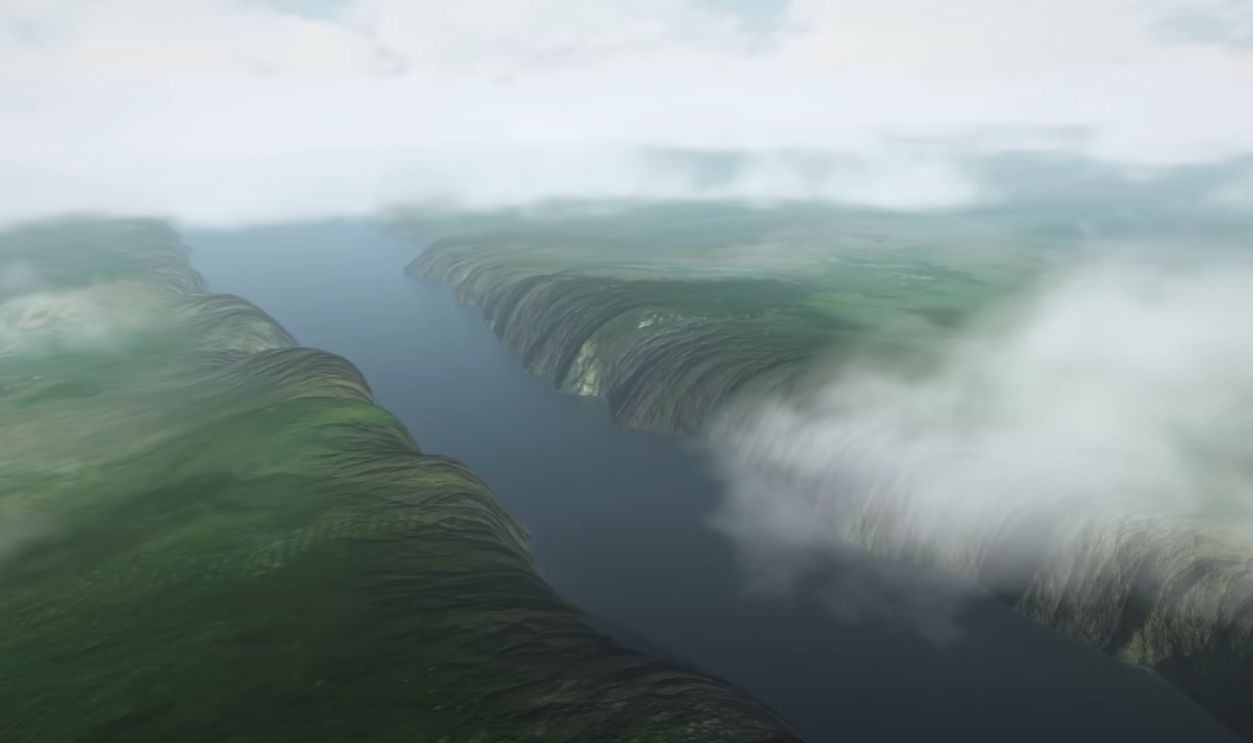 What If the African Continent Broke Apart? by What If
What If the African Continent Broke Apart? by What If
Leaving Us Puzzled
New findings show that the split is deepening faster than initially predicted. The subsequent geological and political changes could have a profound impact on Africa and the planet as a whole. But why is the ground splitting too fast?
There Are Several Suggestions
Recent observations suggest that the tectonic separation within the East African Rift is occurring at a more accelerated pace than previously estimated. Factors contributing to this increased rate include the intrusion of magma from Earth's mantle, which weakens the continental crust, and seismic activities that exacerbate the rifting process.
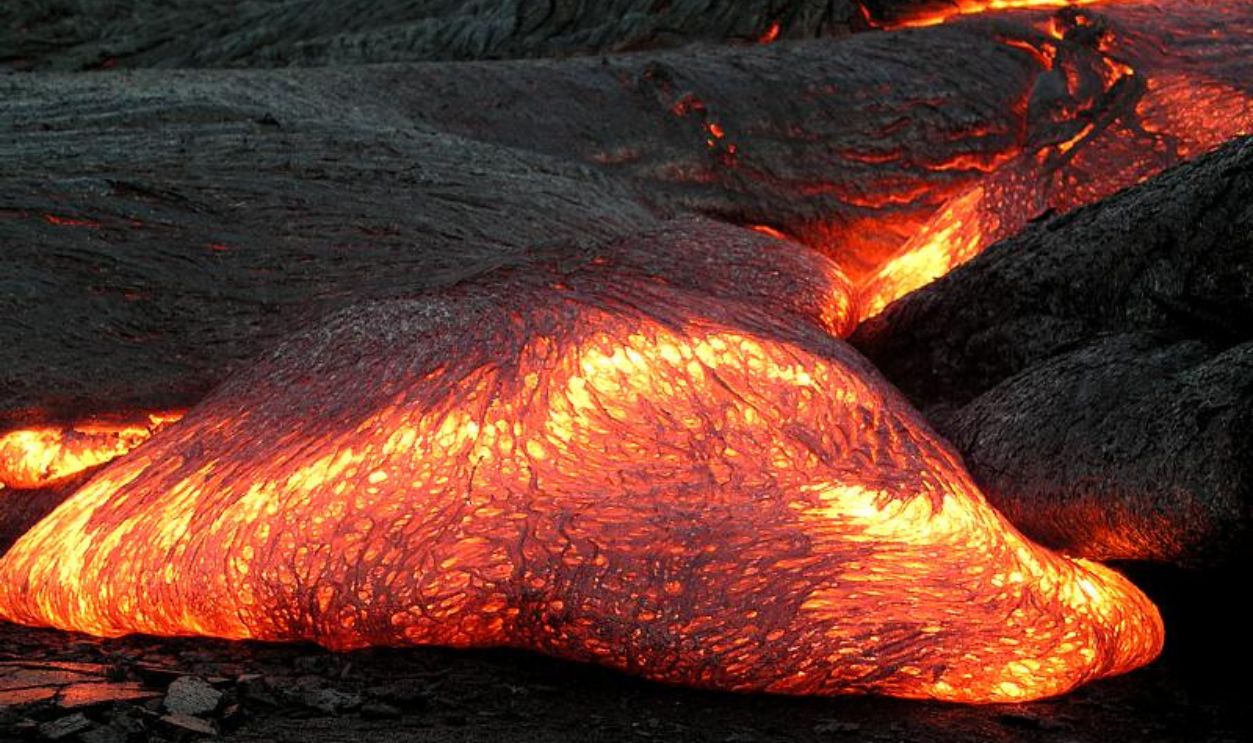 Hawaii Volcano Observatory (DAS), Wikimedia Commons
Hawaii Volcano Observatory (DAS), Wikimedia Commons
With The New Crack Surprise
Notably, a significant event in 2005 involved a series of earthquakes that led to the rapid formation of a large fissure in Ethiopia's Afar region. It could indicate that such tectonic processes can happen over shorter geological timescales than once thought.
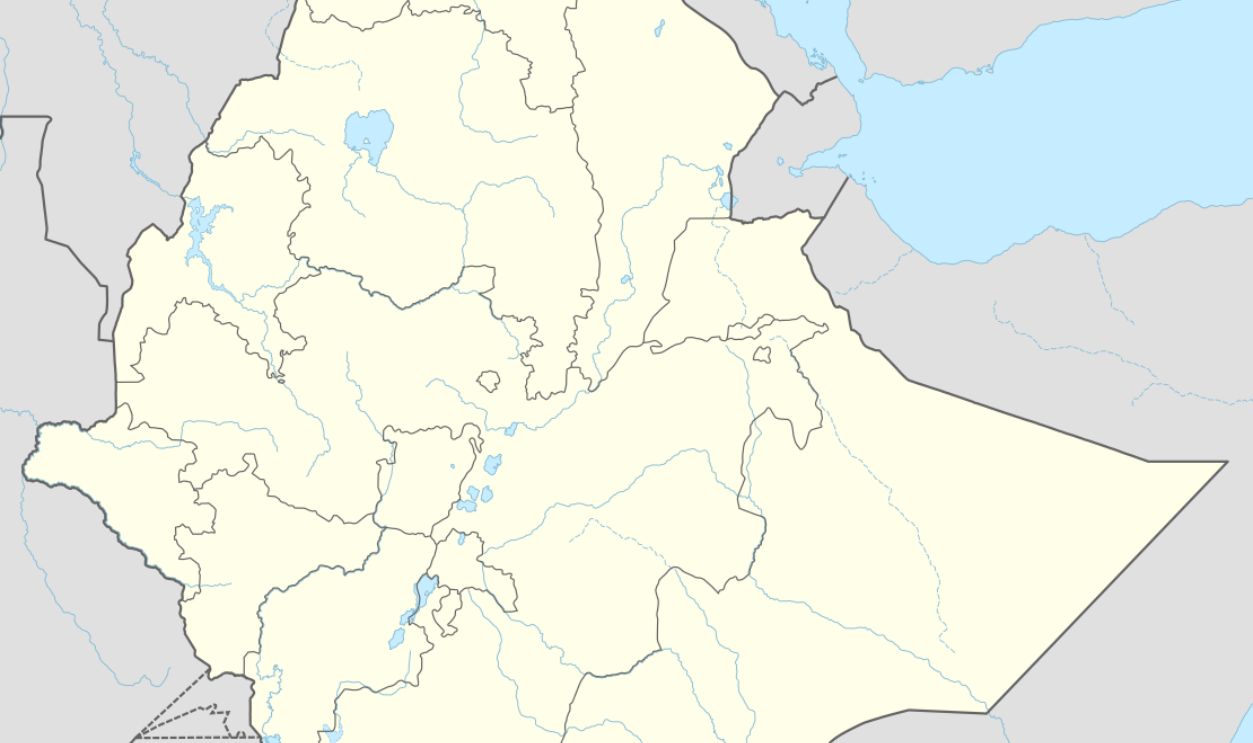 NordNordWest, CC BY-SA 3.0 DE, Wikimedia Commons
NordNordWest, CC BY-SA 3.0 DE, Wikimedia Commons
The Countdown Began
Geologists project that the ongoing rifting in East Africa will culminate in the creation of a new ocean basin within the next 5 to 10 million years. This contradicts with the initial assumptions that predicted it could happen at a much later date.
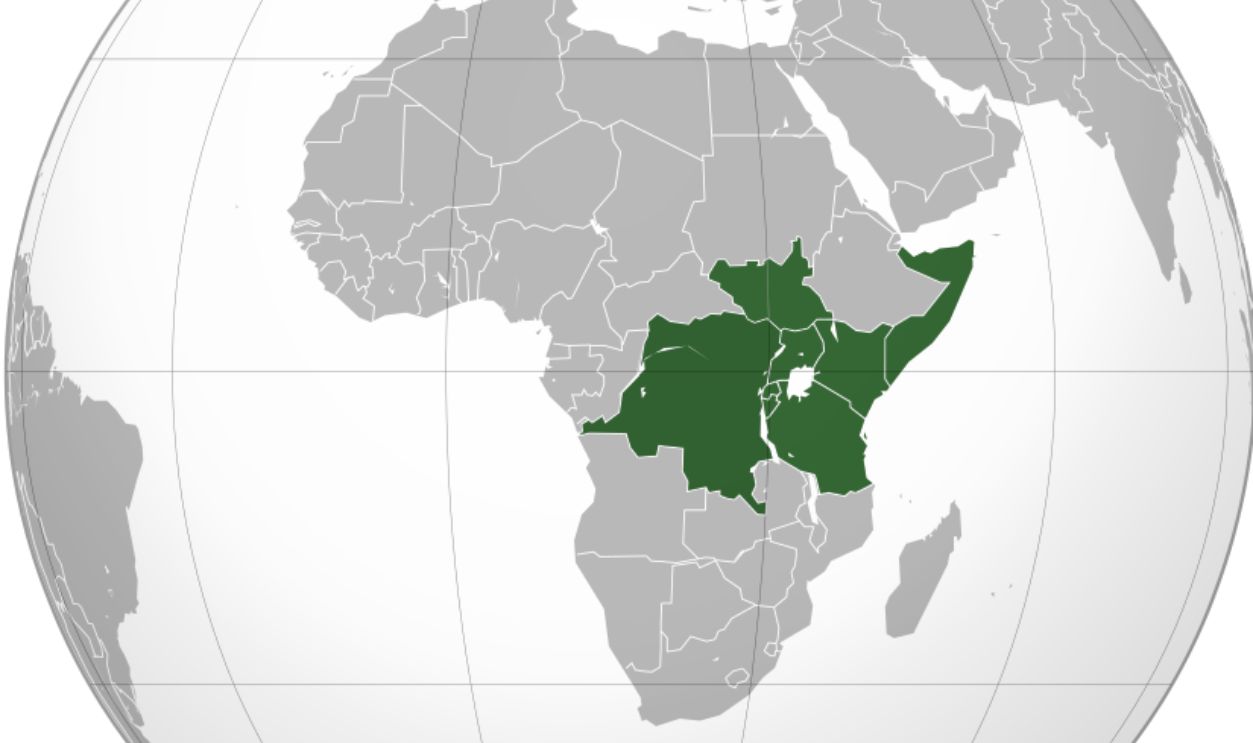 Martin23230, Spesh531, CrazyPhunk, CC BY-SA 3.0, Wikimedia Commons
Martin23230, Spesh531, CrazyPhunk, CC BY-SA 3.0, Wikimedia Commons
With Evidence Forming Before Our Eyes
As the Somali Plate continues to move away from the Nubian Plate, the land between them will subside. This will allow ocean waters to flood in and form a new sea. This process mirrors the historical separation of other continental masses and the subsequent formation of ocean basins.
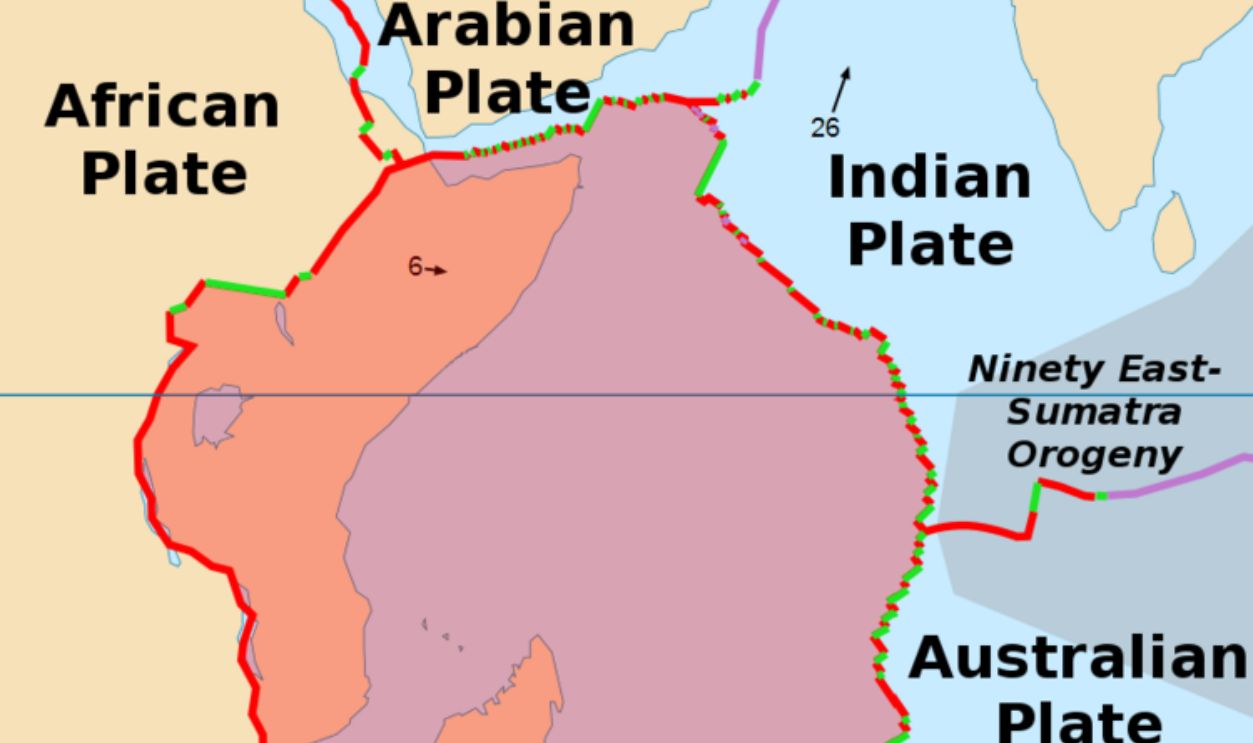 Alataristarion, CC BY-SA 4.0, Wikimedia Commons
Alataristarion, CC BY-SA 4.0, Wikimedia Commons
The Magnitude Of Africa’s Transformation
In some regions, the rift spans up to 60 kilometers in width, with the actual bottom of the rift extending about 10 kilometers deep. This vast expanse illustrates the substantial forces at play as tectonic plates diverge, which will lead to the formation of new geological features.
Earthquakes Are Speeding It Up
Seismic activity plays a significant role in the progression of the East African Rift by facilitating the continent's gradual separation. While the Rift Valley is not typically subject to high-magnitude earthquakes like those along subduction zones, it does experience frequent moderate seismic events.
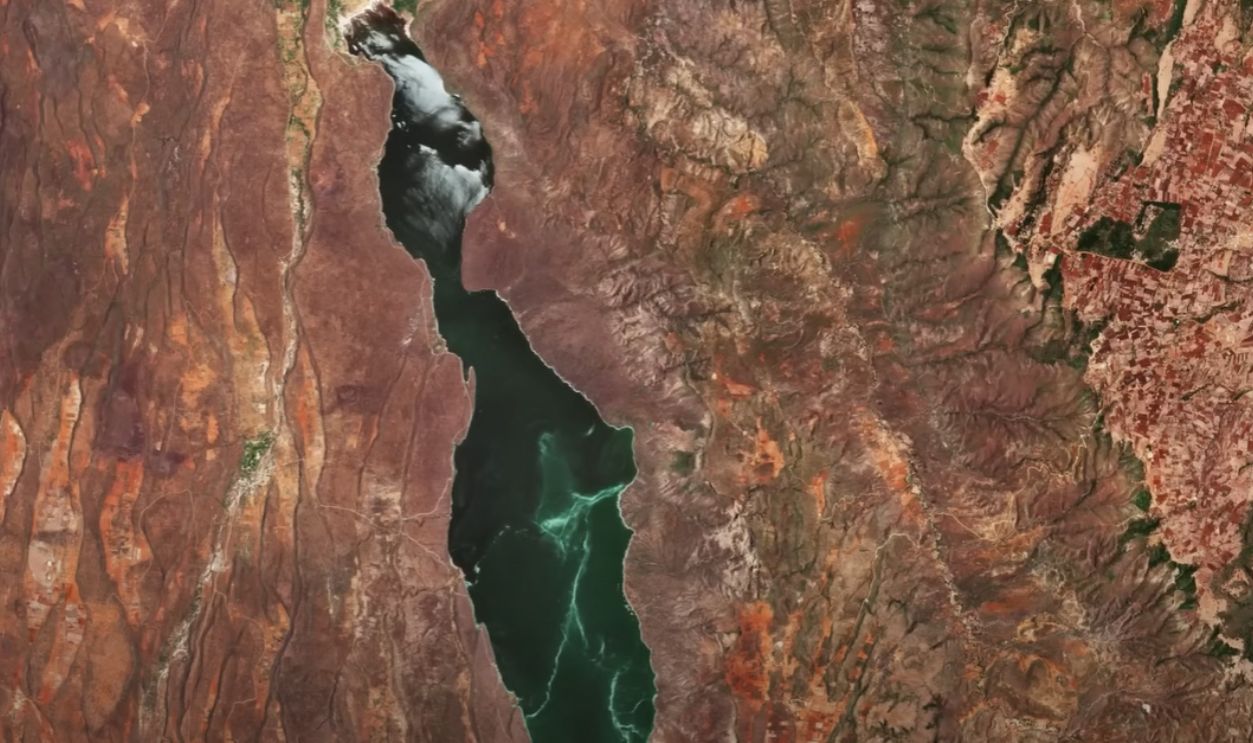 Earth from Space: Great Rift Valley, Kenya by European Space Agency, ESA
Earth from Space: Great Rift Valley, Kenya by European Space Agency, ESA
The 2005 Crack Was Triggered By One
For instance, the 2005 seismic events in the Afar region involved a series of earthquakes that led to significant fissuring and accelerated the rift's development. Understanding the patterns and impacts of these earthquakes is essential for comprehending the dynamics of continental rifting and the eventual formation of new ocean basins.
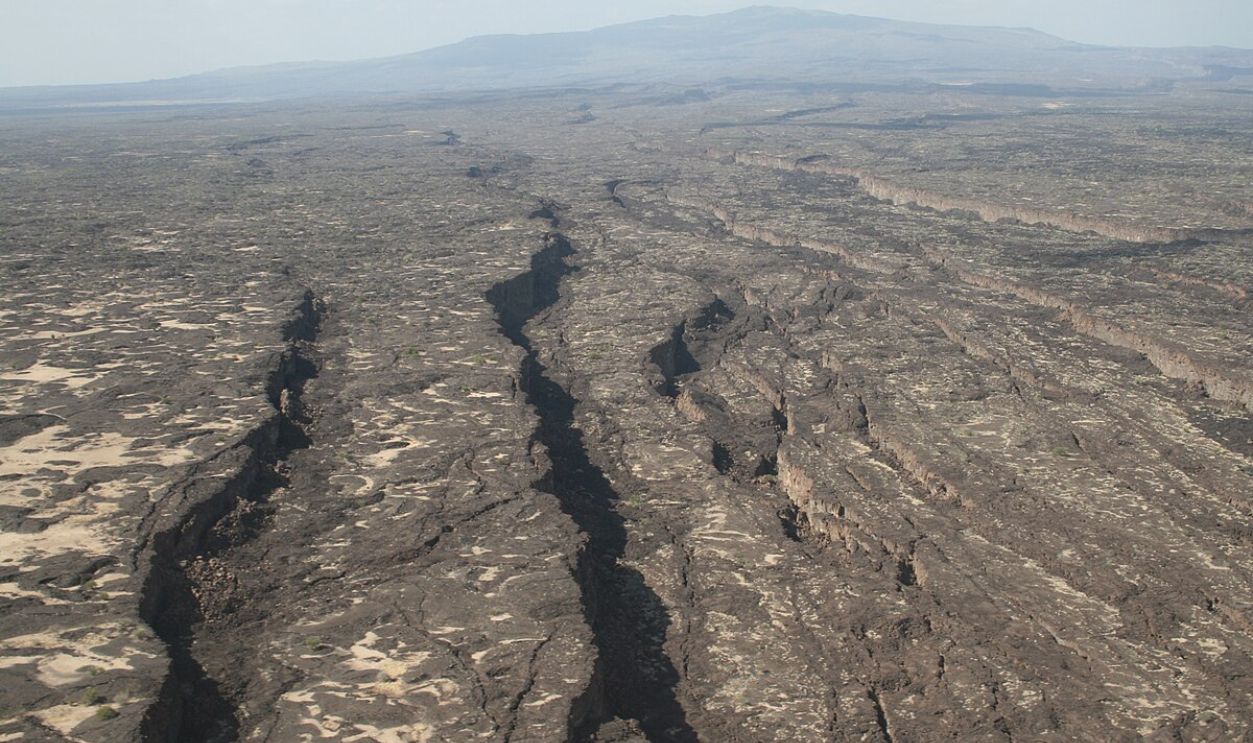 DavidMPyle, CC BY-SA 4.0, Wikimedia Commons
DavidMPyle, CC BY-SA 4.0, Wikimedia Commons
With The Help Of Fiery Engines
Volcanic activity is a well-known feature of the East African Rift System, as it acts as a catalyst for the separation of tectonic plates. The rift is home to some of the world’s most active volcanoes, including Mount Nyiragongo and Ol Doinyo Lengai.
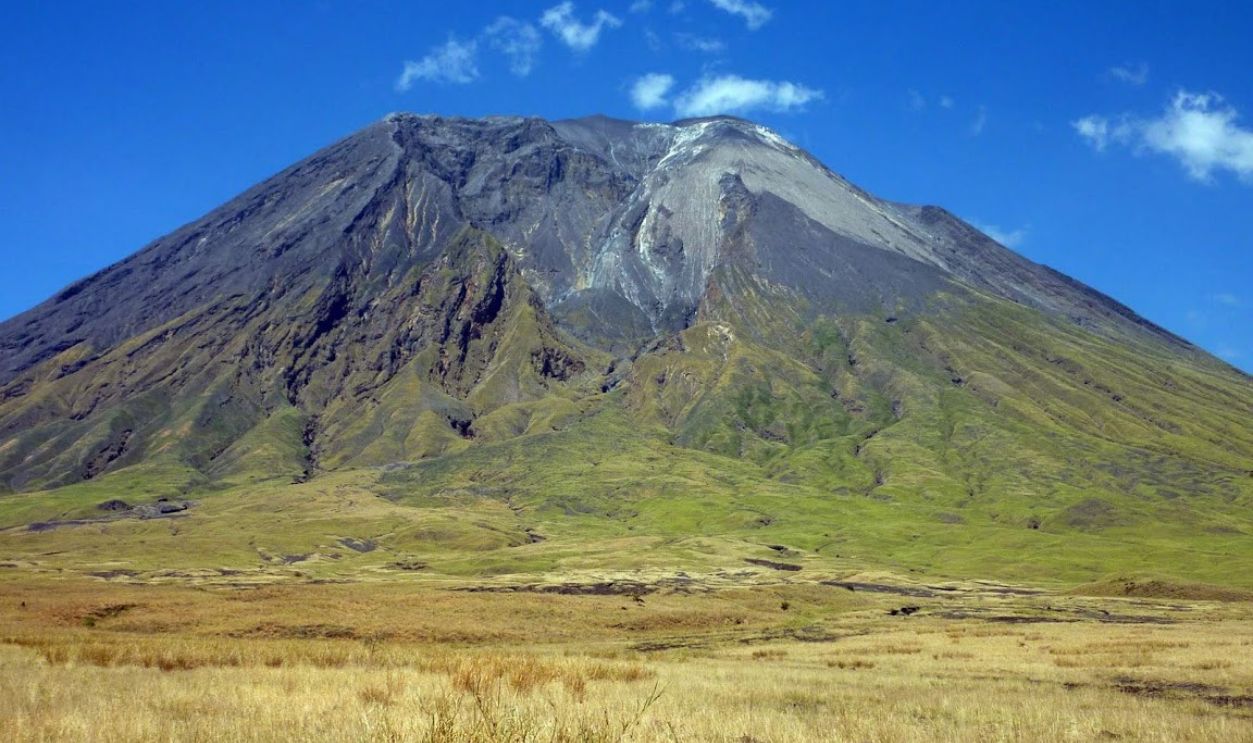 milosh9k, CC BY 3.0, Wikimedia Commons
milosh9k, CC BY 3.0, Wikimedia Commons
That Made Africa What It Is
These volcanoes emerge due to magma rising through the thinning crust, creating fissures and contributing to the rifting process. For example, the Erta Ale volcano in Ethiopia’s Afar Depression is home to a persistent lava lake that shows constant activity below the surface.
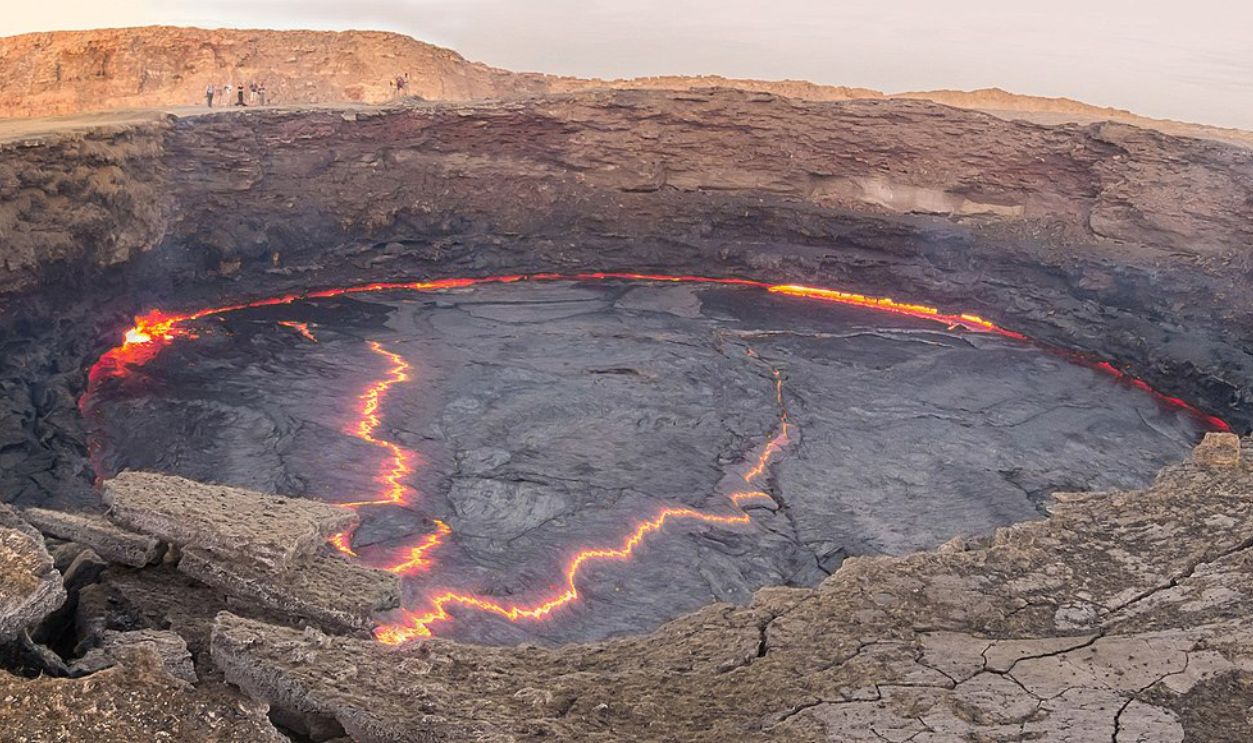 Enrique Pidal, CC BY-SA 4.0, Wikimedia Commons
Enrique Pidal, CC BY-SA 4.0, Wikimedia Commons
And Mirrors The Birth Of The Atlantic Ocean
Scientists believe that this is how the Atlantic Ocean was born. The similarity lies in the thinning and stretching of the continental crust, followed by volcanic activity and eventual flooding by seawater. By studying the East African Rift, scientists gain insights into Earth’s geological past.
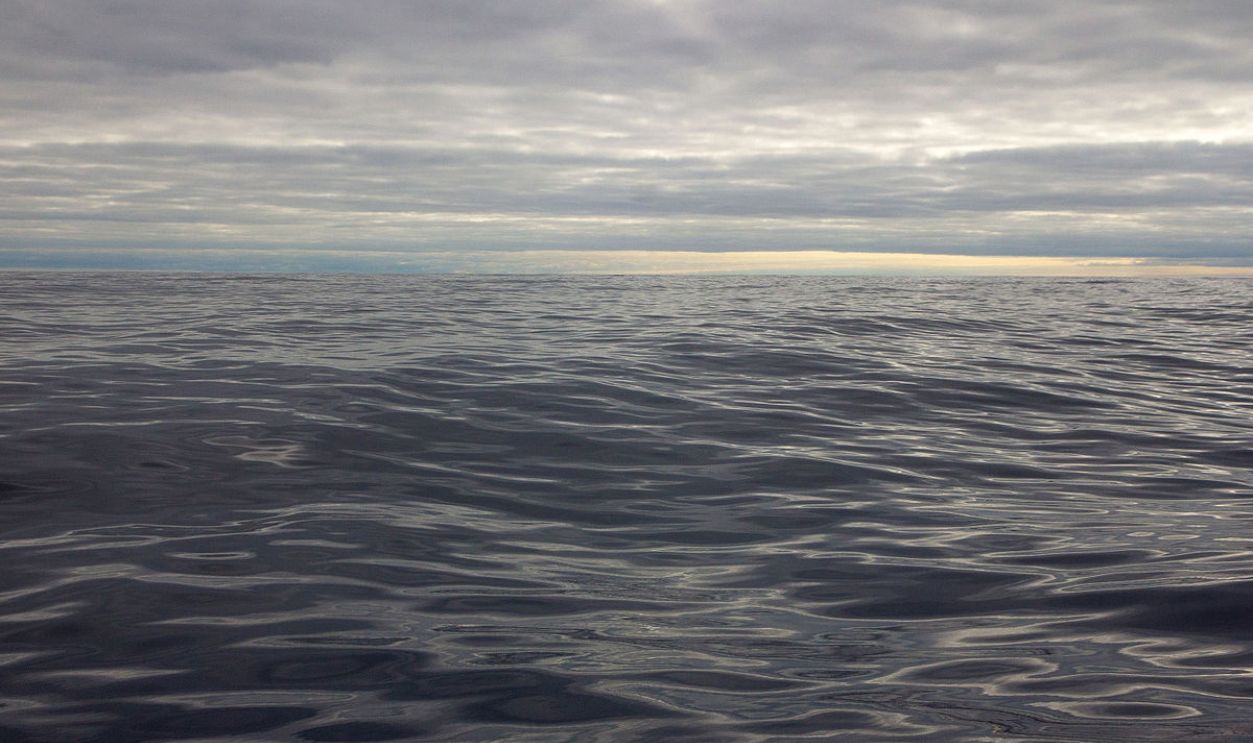 cat_collector, CC BY 2.0, Wikimedia Commons
cat_collector, CC BY 2.0, Wikimedia Commons
A Preview Of What’s To Come
Ethiopia’s Afar region experienced a dramatic series of seismic events that highlight the rift’s active nature. Over 420 earthquakes in just a few weeks created a massive fissure in the ground that stretched several kilometers long and created a crack that would change the whole world.
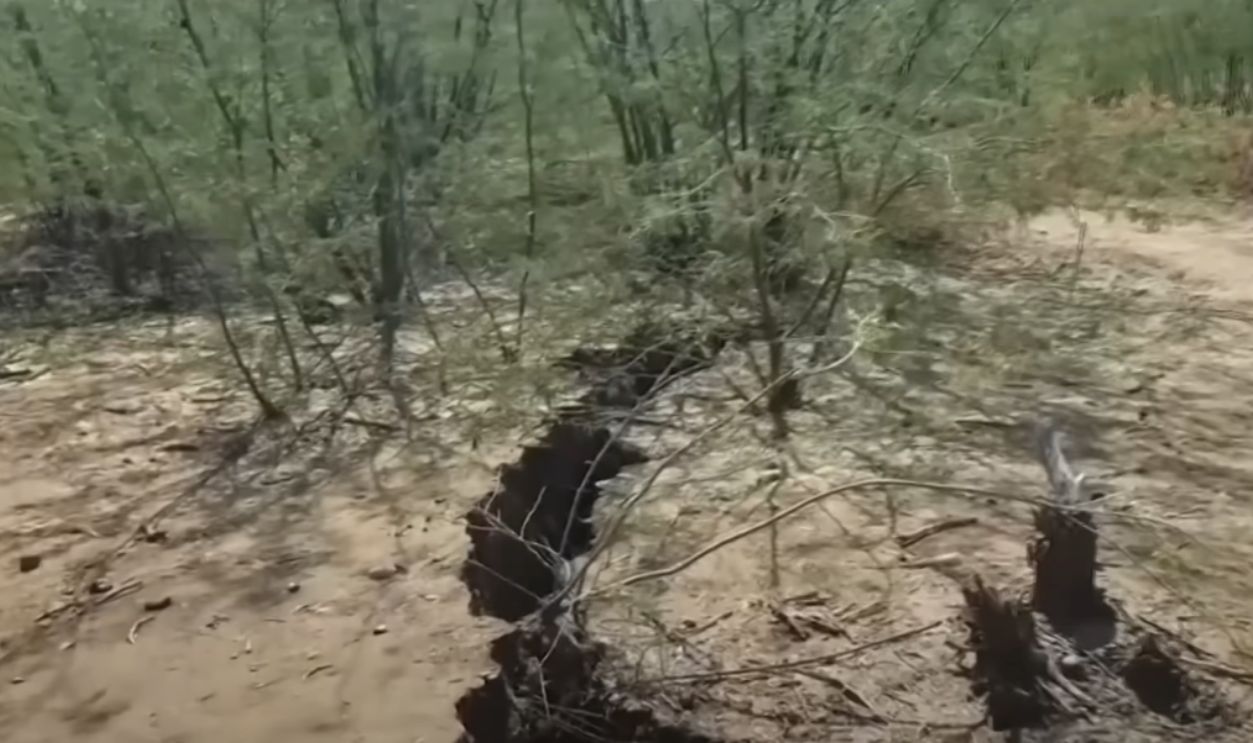 Ethiopian volcano prompts mass evacuations amid earthquakes by SBS News
Ethiopian volcano prompts mass evacuations amid earthquakes by SBS News
And What It Means For Africa
As tectonic forces continue to pull the Somali Plate away from the African Plate, the eventual flooding of the rift will create a vast ocean basin. Countries like Kenya, Uganda, and Zambia, currently landlocked, may gain coastlines, potentially reshaping their economies and geopolitical dynamics.
With Trade Opportunities
Access to coasts could enable these nations to develop seaports to facilitate trade and commerce with the rest of the world. Countries like Rwanda, Burundi, and Uganda, which rely heavily on neighboring nations for port access, would benefit from reduced transportation costs and increased export opportunities.
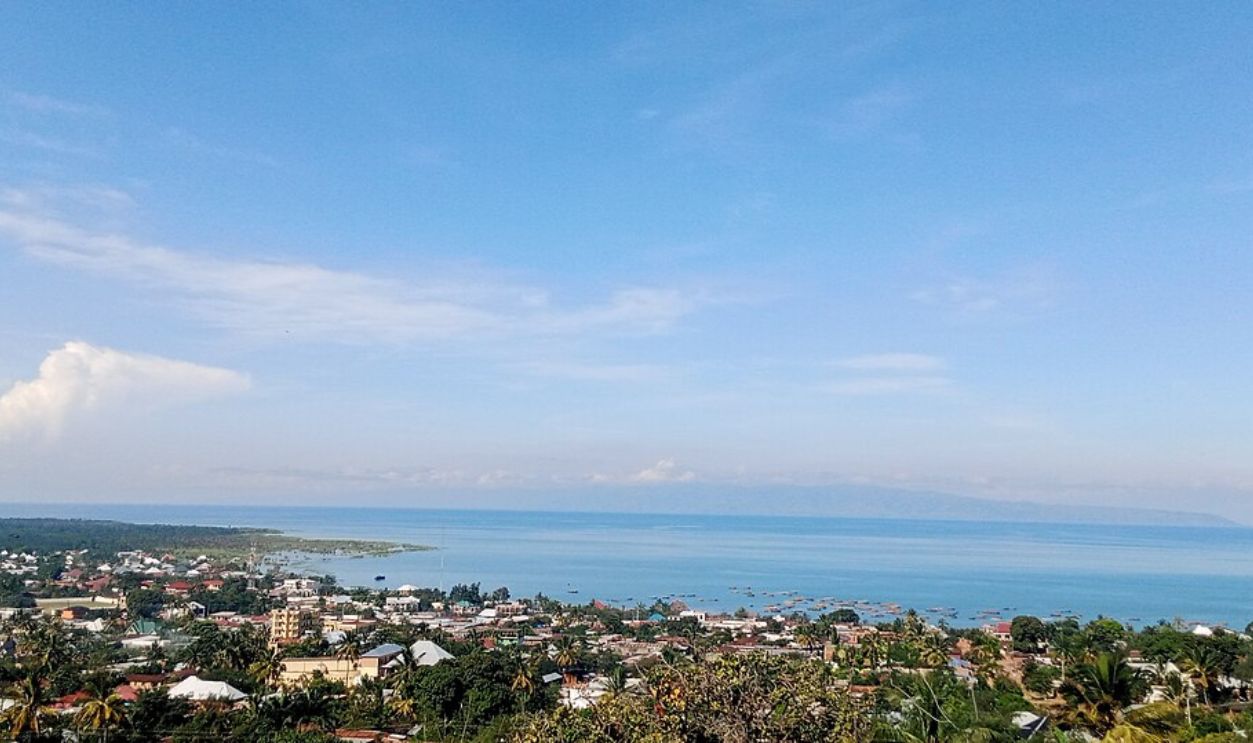 Ntahonsigaye, CC BY-SA 4.0, Wikimedia Commons
Ntahonsigaye, CC BY-SA 4.0, Wikimedia Commons
The Birth Of New Habitats
As seawater floods the rift, coral reefs and other coastal habitats will emerge to support diverse marine life. This transition from terrestrial to marine environments will offer new opportunities for biodiversity but will also require careful management to preserve these ecosystems.
 U.S. Fish & Wildlife Service - Pacific Region's, Jim Maragos, CC BY 2.0, Wikimedia Commons
U.S. Fish & Wildlife Service - Pacific Region's, Jim Maragos, CC BY 2.0, Wikimedia Commons
Adapting To Geographical Changes
Roads, railways, bridges, and settlements built across the rift zone are already experiencing damage from earthquakes and land subsidence. Governments will need to invest in infrastructure that can withstand the dynamic changes, including seismic activity and eventual flooding.
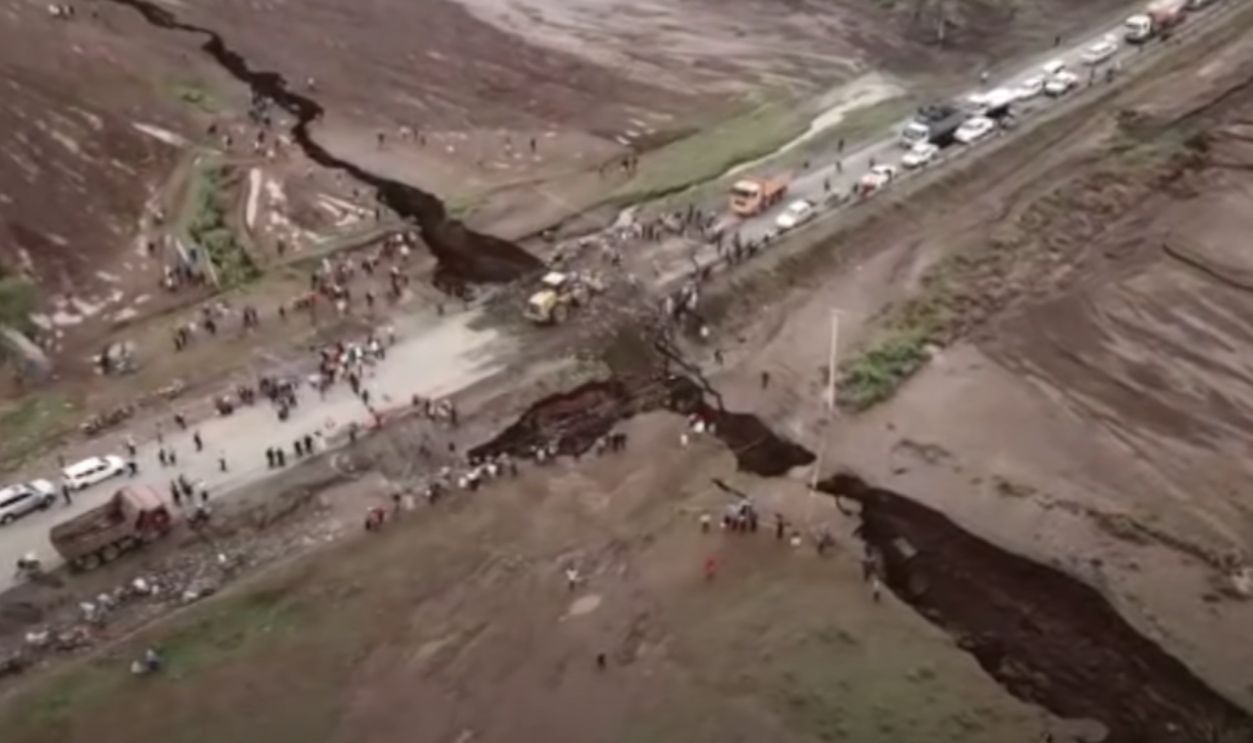 BBC News, Kenya Rift Valley Split by Kenneth Mungai
BBC News, Kenya Rift Valley Split by Kenneth Mungai
And Anticipating What Will Happen
Accurate geological models are essential for predicting how the East African Rift will evolve. These models incorporate data from seismic activity to offer insights into the timing and scale of upcoming changes. Geologists, biologists, engineers, and economists must work together to address the challenges and opportunities this process presents.

